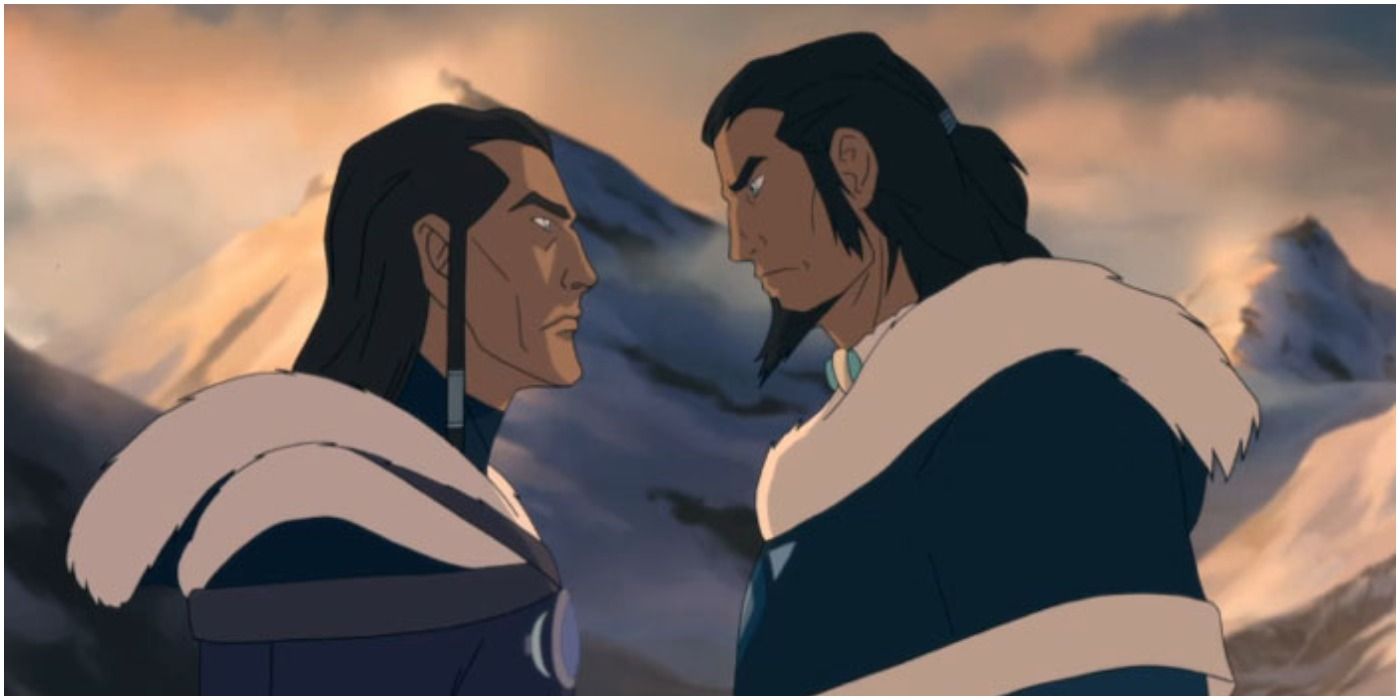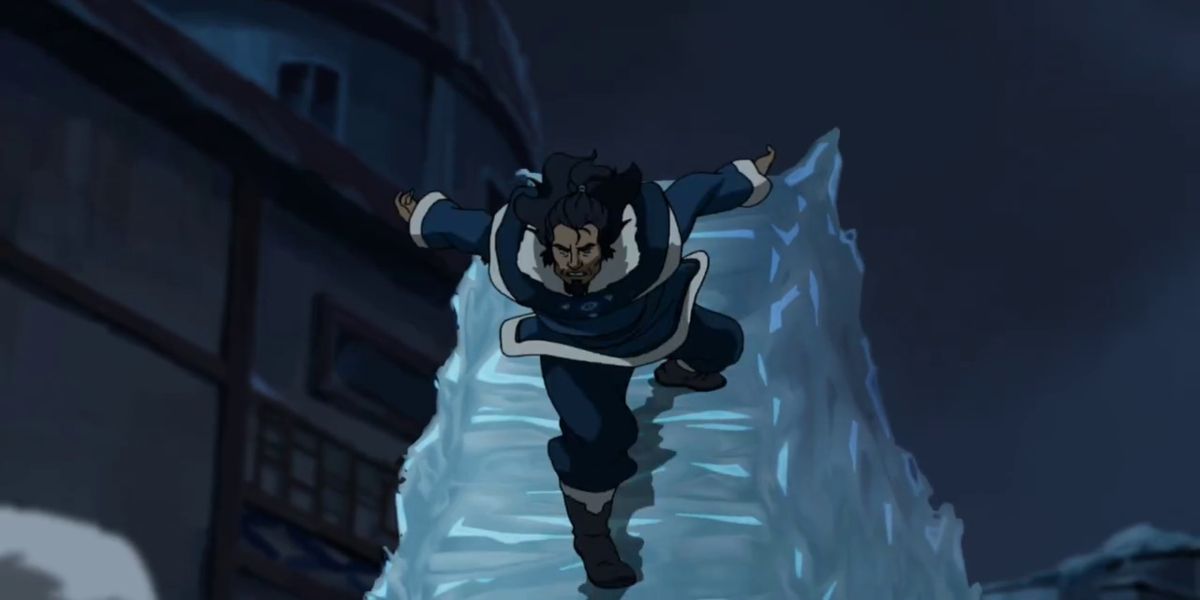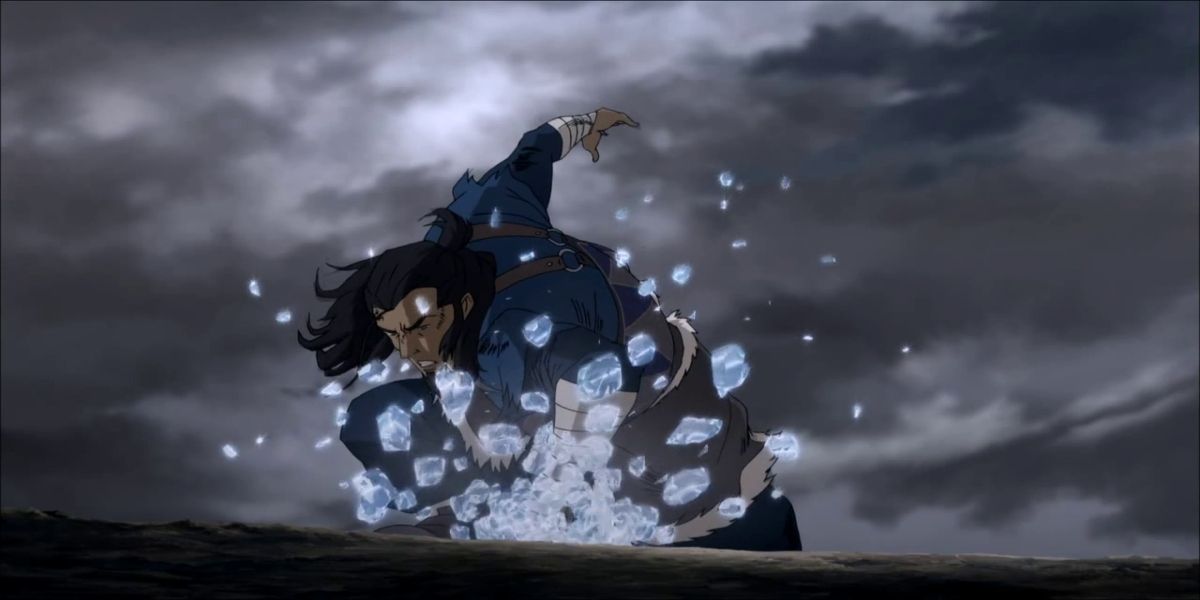The Legend of Korra fundamentally changed the world of bending from Avatar: The Last Airbender. The styles of the Four Nations changed and grew over the years between the original series and the sequel, with many of those changes due to developments like pro-bending and the advancement of metalbending proliferating evolutions of style. And yet its most unique bender had nothing to do with any of this.
Korra's father Tonraq showed off his skills periodically throughout the series, and each time he did, he displayed a brute force approach to waterbending unlike anyone else from the Northern or Southern Water Tribes alike. Just what was so different about Tonraq?
When the elemental martial arts were introduced in Avatar, their main differences were from one another. While firebending was aggressive and airbending was evasive, waterbending stood out as a balanced blend of different techniques that embodied grace, adaptability and redirection. Although there were a few different styles of waterbending seen in the original series, with Hama referring to herself and Katara as the last practitioners of the Southern Waterbending style and later showing Katara techniques she developed independently to adapt to a different environment, almost every waterbender in the franchise shared in those core qualities.
That is, every waterbender except for Tonraq. Korra's father, eventually proclaimed the Chief of the Southern Water Tribe, showcased his extreme talents throughout the series in battles against dark spirits, his own brother Unalaq and eventually, the Red Lotus. Whenever Tonraq charged into action, he did so with a brute force head-on approach that frequently prioritized melee conflict over ranged attacks and raw power over elegant skill. This was perhaps best seen in his duel against his brother, where Tonraq tackled through columns of ice, created a slide beneath him to charge down his brother and ultimately fell victim to a sudden attack that froze him solid.
Tonraq showcased the same preferences in almost any combat encounter, regardless of how well they worked. Whereas other waterbenders would utilize evasive maneuvers or vary their angles of attack to keep their opponents off-balance, Tonraq almost always preferred straightforward water blasts and shields to meet his foes head-on. This led to his defeat at P'Li's hands when the Combustionbender overwhelmed his ice shield, and later gave Zaheer the opening to throw him off a mountaintop after the airbender proved too fast to pin down. The result was that Tonraq did not have the most sterling win record, but there remains something unique and interesting in the style he used nevertheless.
Tonraq's waterbending style almost seemed more like earthbending, harkening back to Toph's basic lessons to Aang in the original series about directly confronting the challenges in front of them. Tonraq's style was neither Southern, where both Katara and Hama embodied the ethic of redirection that turned an opponents' strength against them, nor was it Northern, where masters like Pakku or his brother Unalaq could shift so seamlessly from offense to defense they constantly disrupted the flow of combat in their favor. It seems that, somewhere along the way, Tonraq developed a style that diverged from his family and tribe members.
And Avatar fans deserve to know more about it. Whether it involved Avatar Studios delving into Tonraq's past, where perhaps he gained his confrontational style from the military training that defined him as a proud warrior later in life, or if the studio did so by showing how other benders came to adopt their own styles, fans would go wild over the insight.
Such speculations and analyses over the bending arts sit at the core of the fun of the franchise. Even the fighters with losing records still prove worthy of attention and comparison, and perhaps nobody proves that more than Tonraq.



